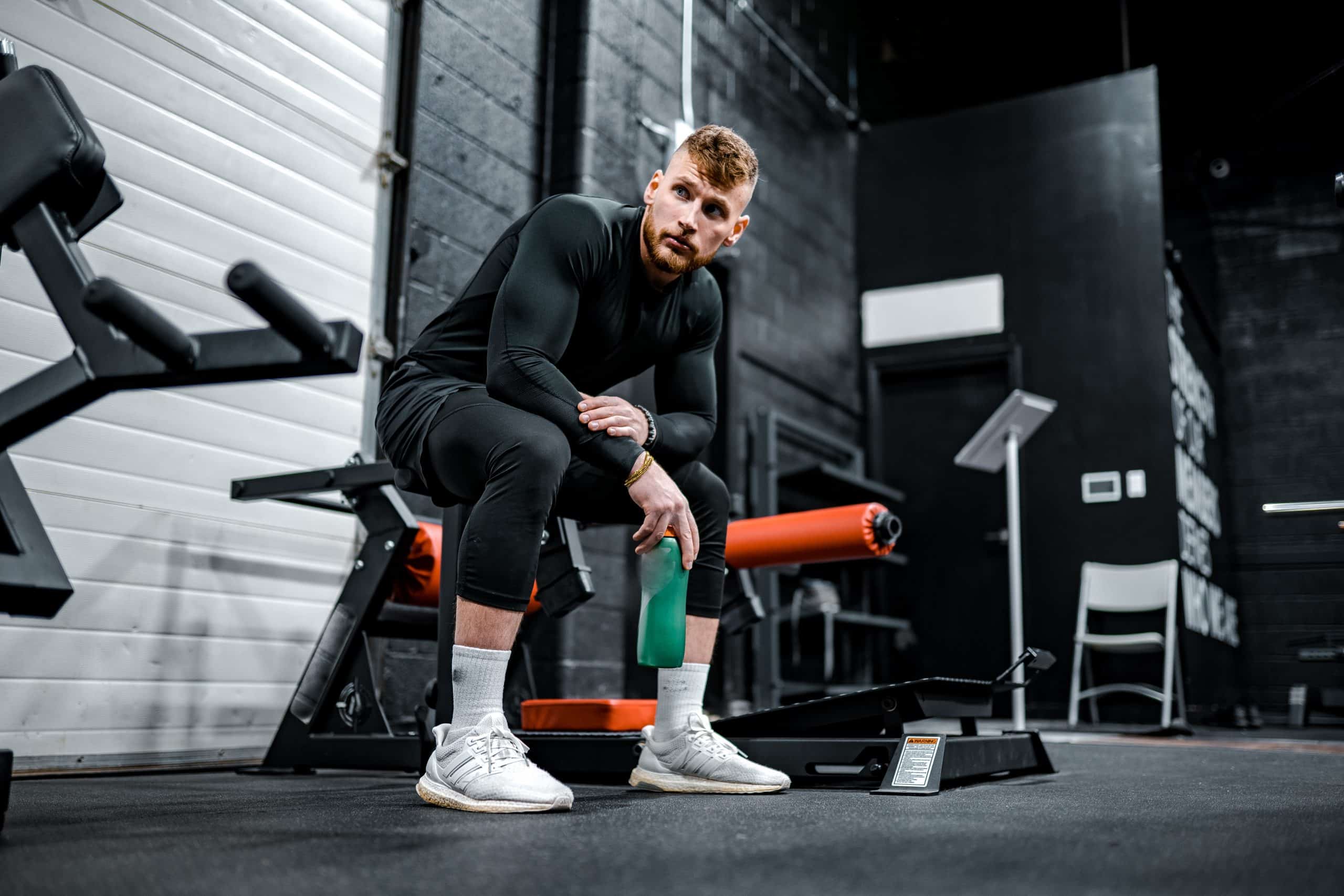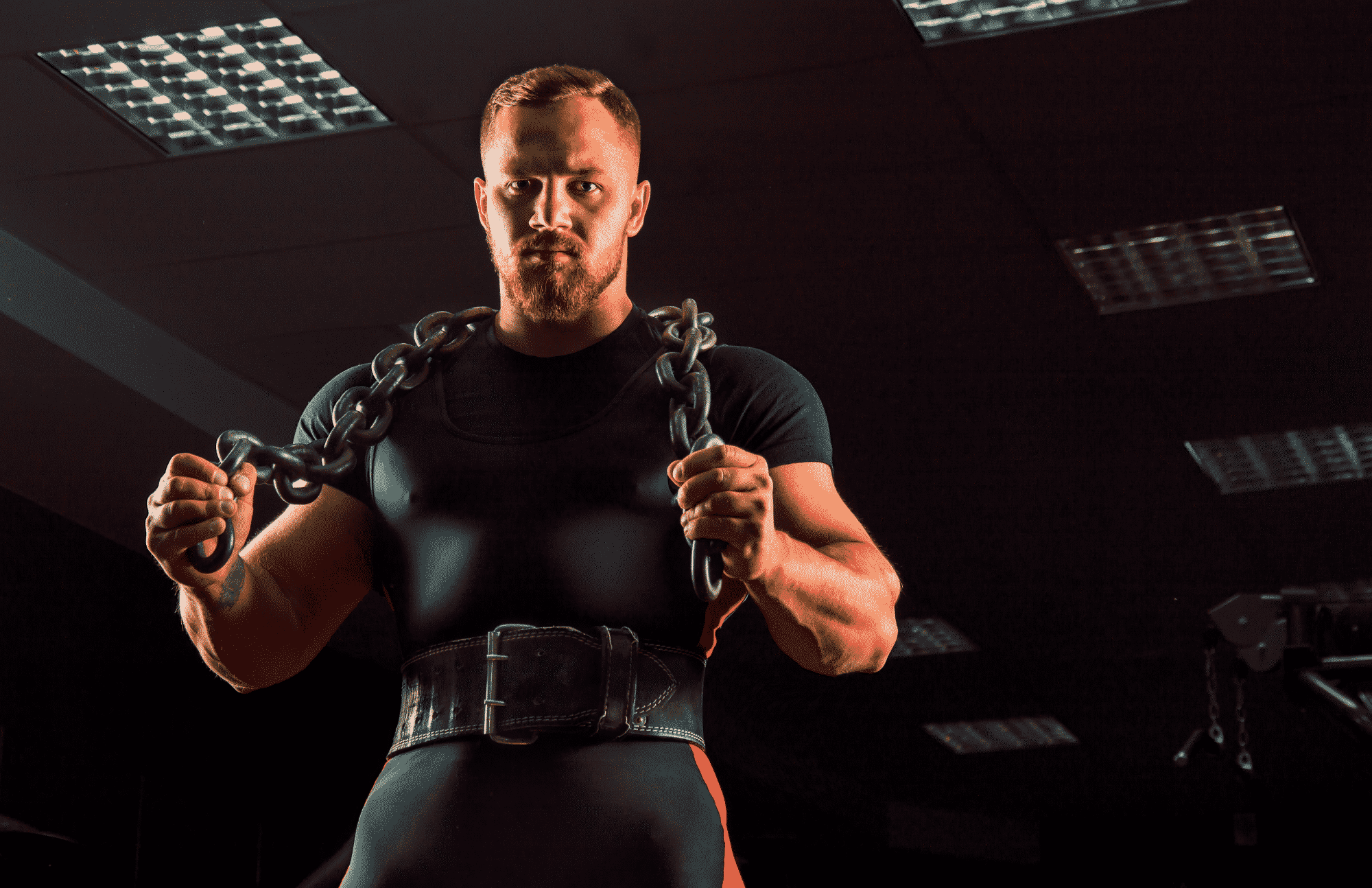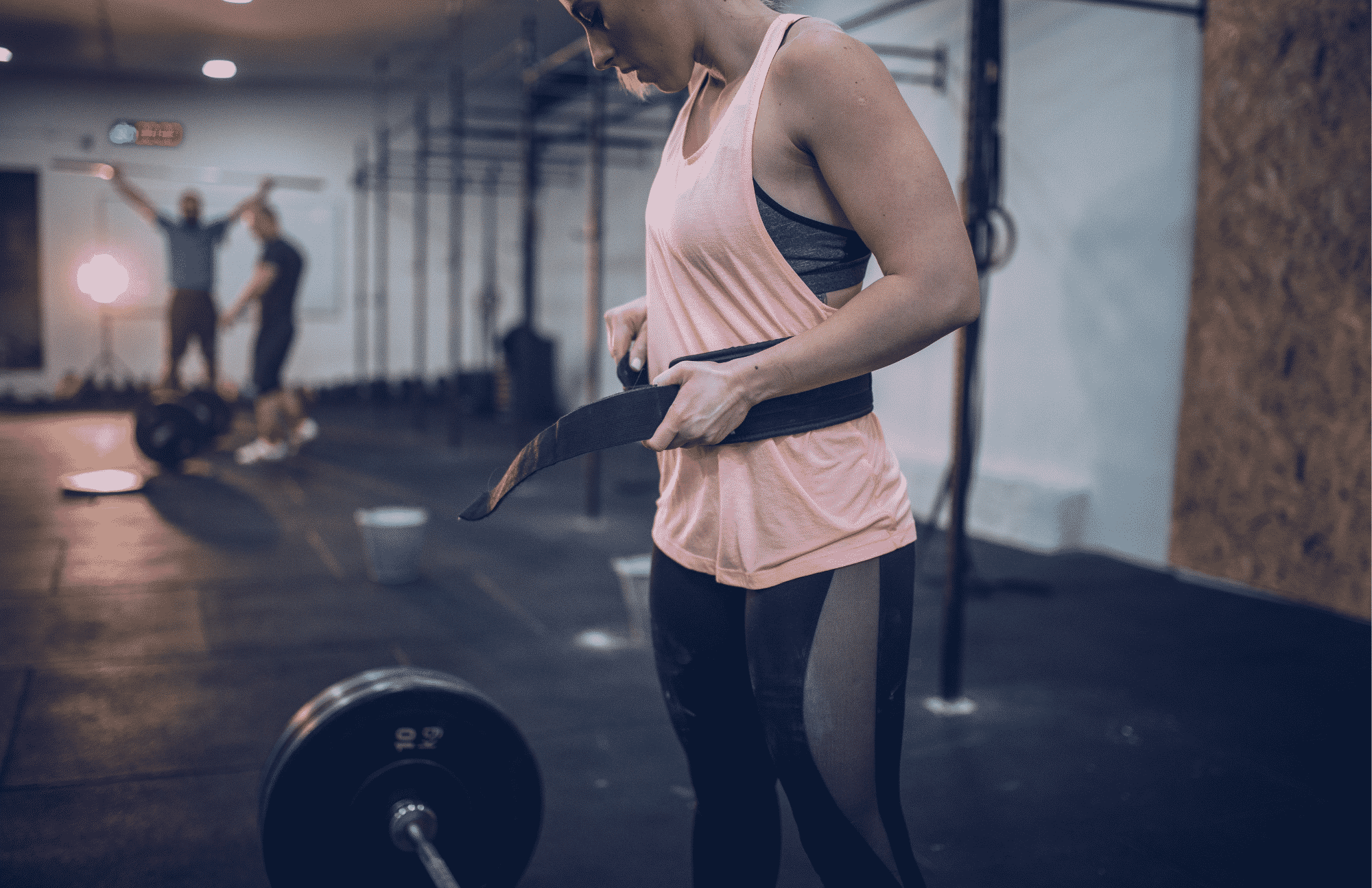You’re a master of the basics.
You know how to squat and deadlift with great technique.
Now it's time to get stronger. Build muscle. Increase your lift numbers.
The first decision you’ll make is buying a weight lifting belt. Whether you’re bodybuilding, powerlifting, or strength training, a belt will benefit you.
But this decision gets more complicated once you do some research.
So many types of weight lifting belts all with different benefits and disadvantages. Where do you start?
You’ve come to the right place for answers. I was like you when I began looking for a lifting belt. Feeling a little bit lost. But I compiled everything I learned in this guide.
So, if you’re wondering how to choose a weightlifting belt, let’s start with what kind of workout you’re doing.
Starting Point: Your Workout
Once you know what kind of workouts you’re planning to do, you have a base for choosing your lifting belt.
All workouts can be sorted into 3 main categories.
Strength training involves lower reps and higher weights. If you’re starting off in lifting, strength movements are what you should be doing.
These include the deadlifts, squats, bench press, and overhead press. For these types of workouts, you will be using your core and mental toughness due to the weights. You will be lifting more than 70% of your one rep max.
Powerlifting movements would also fall under strength training. Powerlifting involves training with near maximal weights. As such, you’re best to go for a powerlifting belt for these workouts.
Circuit training is the next category.
These workouts have many types of dynamic movements. Jumping squats or any CrossFit type exercises are common in circuit training.
You need a lot of mobility and flexibility to move from one exercise to another. These workouts are also part of Olympic exercises such as clean and jerk.

A lifting belt with good mobility is best for circuit training. Nylon weight lifting belts are the top choice for CrossFitters and Olympians alike.
Push-pull bodybuilding, the final category, involves a few compound movements followed by isolation exercises. In these types of workouts, you separate the body parts into the days of the week.
The most common variation would be 6 days a week of push, pull, and legs. You would repeat these 3-day cycles twice.
During the workout, you mix compound and isolation movements together. These lifters can use a weight lifting belt. But, some companies like to tag their belts with bodybuilding to specify.
Schiek offers a bodybuilding belt with a unique design for these workouts. World renowned bodybuilders stand by this belt for its quality and reputation.
Material Type
Once you know the kind of workout you plan to do with the belt you have a great base for the next choices.
The material of your lifting belt is important for durability and comfort.
Lifting belts come in two main material types: leather and nylon. The leather lifting belt is always a great choice. Leather has a long life and can be very durable.
The best leather lifting belts have high quality top grain leather. The difference here is where the hide comes from on the animal. Most often, either cow or bull hide is the base for top-notch leather lifting belts.
The better the leather, the longer the life of the belt. Be sure to care for your leather belt to really get the longest life out of it. Leather usually comes with suede for maximum comfort of the lifting belt.

Leather lifting belts are tougher to break in, but this helps with intense workouts. The stiffness of leather naturally prevents flexibility. So, when you go to brace with your belt, the belt will push back. This leads to more IAP and ability to lift more.
Nylon lifting belts are the next type of material.
As the name suggests, the lifting belt has Nylon as the base. Nylon is a synthetic fabric known for its elasticity and strength.
By far the best feature of Nylon lifting belts is its comfort. These types of lifting belts provide the most comfort and don’t require any time to break in or soften. The Nylon can contour to your body better. This allows lifters a great deal of flexibility and mobility.
Many novice lifters love using Nylon lifting belts. As a beginner, you can train your body to the feeling of wearing a belt during a lift. As your body learns the cues and muscle patterns you can lift more safely.
Nylon lifting belts provide enough support for beginners to lift properly without pain.
Fastening Mechanism: Prong, Lever, or Velcro
All lifting belts come with a fastening mechanism.
Like most fashion belts, a lifting belt usually has a prong mechanism for closing. But the key difference here is the number of prongs.
There are single prong belts that are secure and durable. But, some companies take it a step further with double prong belts to help with extra stability. I have even seen the triple prong system with the CLAW Steel Sweat lifting belt.
But what’s the difference between all these prong belts?
Well, not much.
A single prong lifting belt will give enough stability and security for your needs. They are also easy to use and simple to take off.
With more prongs, you get small increases in stability but you have one new drawback. What if the two prongs don’t line up? Now you need to take time to make sure each prong goes in separately into the corresponding hole.
Furthermore, when you go to take off your double prong lifting belt, you may encounter the issue again. Taking one prong out at a time is a pain in the ass. Imagine lifting a heavy weight and you want to release the pressure from your belt but can’t rip it off quickly. It's like holding in a sneeze. Unsatisfying.
Levers are the next buckle type fastening mechanism. As the name suggests, levers close using a mechanism like those found on a suitcase. A lever sits in a buckle and fastens two ends of the lifting belt.

Levers are the second fastest way to rip off lifting belts. Many lifters find levers convenient and fun to use. You may be asking why they would be fun but imagine ripping off a lever at the end of a heavy set. It can be very satisfying.
Most lever lifting belts can’t easily adjust on the fly. So if you plan on using your lifting belt and then passing it on to your friend, it can’t happen with levers. You need to remove the lever buckle with a screwdriver or another tool.
You need to make sure you get the right size of your lifting belt with lever systems. Mainly because the adjustment of your lever buckle has a limit.
The final fastening system is Velcro. Velcro lifting belts have Nylon as the base. These types of lifting belts use Velcro sewn into the fabric. Like your old school Velcro kicks, the lifting belt can adjust tightness easily.
Velcro lifting belts are the quickest to rip off your torso. In fact, the Velcro can’t take high levels of intra-abdominal pressure. Further, as your lifting belt goes through many uses, it may lose some traction. As a result, the Velcro lifting belt can unfasten in the middle of a workout.
Although this situation is rare, it can happen. Due to this ease, Olympians and CrossFitters prefer Velcro lifting belts. They’re simple, effective, and durable.
Widths and Thicknesses
These are the two most important numbers for your lifting belt.
The width describes how much the lifting belt covers your torso. A wider belt will cover more of your abs and torso. Whereas a narrow belt will give you less coverage with more mobility.
Most lifters opt for 3 or 4 inch weightlifting belts since it provides the best support. Shorter lifters will like 3 inches of width since it won’t interfere with your hips or rib cage but help you lift more.

Anything larger than 4 inches usually has a taper. A 6-inch weightlifting belt is the measurement at the biggest part of the belt. So the 6 inches will be in the lower back area for tapered lifting belts. For these types of lifting belts, the front has either 3 or 4 inches of coverage.
Thickness relates to how far out the lifting belt is when put on your torso. The thicker the belt, the stiffer it is and better at providing support.
You can relate this to how easy a piece of balsa wood is to break. It takes way more pressure to break a thick 4 by 4 piece of cedar. The same concept applies to lifting belts. A thick lifting belt will provide you more safety and support. But the downfall is it can feel like pressing against a wall.
For this reason, leather is the best way to achieve a thicker belt. You can break it in after a few weeks which will help soften it and not be as rigid.
A thinner belt will be easier to press into and break in but may not feel as supportive during heavy lifts. Nylon lifting belts are thinner because of their material. To achieve the same thickness as a leather belt, Nylon uses multiple layers.
Final Thoughts
Choosing a weightlifting belt can be challenging at first. But don’t let the choices overwhelm you. If you can answer the questions in this guide you will be on your way.
It all starts with the type of workout and material you prefer. You can use these two basic factors as a great starting point. The best lifting belt is the one that suits your needs.
Check out the many in-depth reviews we have on our site for specific lifting belts. For more information also look over the multiple articles on lifting belt advice.





